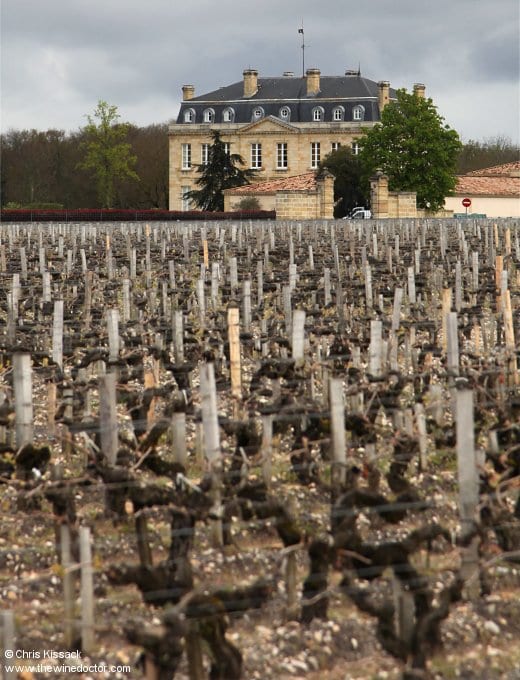Château Labégorce
The origins of Château Labégorce can be traced back as far as the 11th century when this land was incorporated into the seigneurie of Soussans by Guillaume IX (1071 – 1127), sometimes referred to as Le Troubadour d’Aquitaine. A local duke, and subsequently Comte de Poitiers is perhaps better remembered for his work as a lyrical poet, hence his nickname Le Troubadour, although this moniker was not contemporary, it having been first applied in the 19th century, presumably by a bored historian. Guillaume IX is also renowned for having played an instrumental role in the Crusade of 1101 which, because it attracted many participants who had turned back from the First Crusade between 1095 and 1099, was also known as the Crusade of the Faint-Hearted. Happily, Guillaume IX survived his exploits pillaging the Byzantine Empire, and he lived out the remainder of his life in his duchy.
By the 13th century the land here had been divided into four seigneuries, of which one was Labégorce. This together with another of the four, Bessan, were acquired after the division in 1245 by Jehan Colomb, who was mayor of Bordeaux between 1240 and 1245. A few years later Jehan began the construction of a significant fortified residence, characterised by four strong towers and several moats. At the time Aquitaine was of course under English rule, and the Colomb family swore their allegiance to the English crown; it was Henry III (1207 – 1272) of England who had granted Jehan the right to build the property. Today just one of the original towers still stands, without any sign of a moat, isolated in woodland a little more than a kilometre west of the modern-day Château Labégorce.

